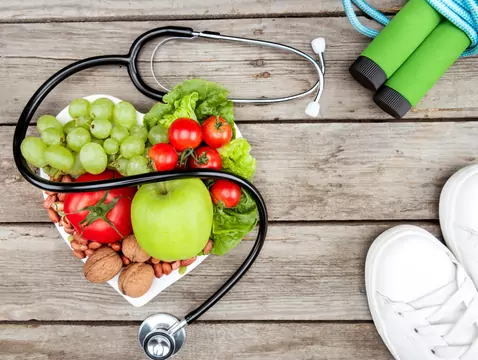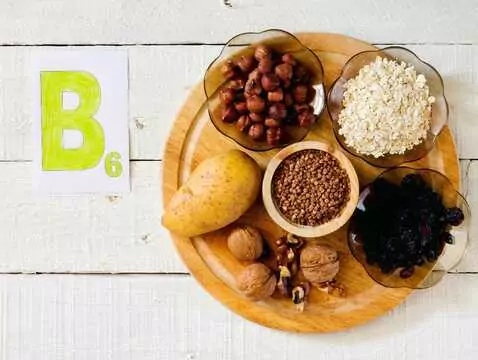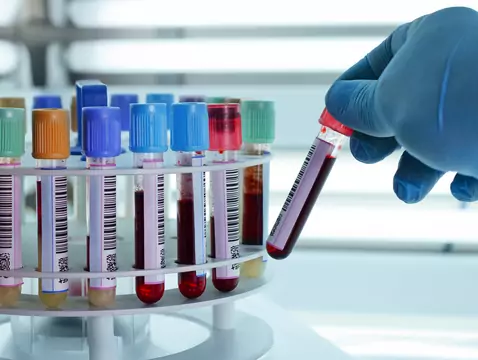Cardiovascular diseases are responsible for approximately 4 million deaths in the population worldwide. The magnitude of the risk is therefore the basis for taking action towards appropriate prevention and prophylaxis. It is necessary to determine the risk of lipid disorders in order to make the necessary changes to one's lifestyle accordingly. To this end, basic blood cholesterol tests are carried out. Attention is drawn to the importance of physical activity and daily diet as the elements most relevant to the prevention of lipid disorders.
Making a difference
In order to modify the lipid profile, it is useful to keep in mind several aspects of our daily life. Firstly, attention should be paid to physical activity and body weight. Referring to the epidemiology of cardiovascular diseases, one of the key risk factors for their development is overweight and obesity, especially in the context of lipid disorders. Therefore, it is recommended to reduce the energy value of meals and increase the energy spent by increasing physical activity. In addition, it is also worth bearing in mind that regular physical activity also helps to prevent many other conditions.
Reducing the intake of trans fats is another element of prevention in lipid disorders. The simplest way to limit trans fat intake is to avoid products that use vegetable fats, as this is where about 80% of the trans fats we consume come from. Instead, the diet should be rich in high-saturated fats, i.e. fats from the omega 3 and omega 6 fat groups.
Carbohydrates and fibre should also be balanced appropriately in the diet, where carbohydrates should be around 50%, in favour of vegetables, fruit, nuts, legumes, whole grains and other products that are rich sources of fibre. The intake of sugars should also be limited and, apart from those from natural sources such as fruit and vegetables, should account for around 10% of the energy value of meals.

photo: shutterstock
Phytosterols are another element that the diet should be enriched with. Phytosterols occur naturally in vegetable oils, but the oils available today are mostly industrially processed and poor in these substances. Instead, they are added to various products such as margarine and yoghurt. The beneficial effect of phytosterols in reducing both TC and LDL-C concentrations has been confirmed.
Fermented red rice contains a pigment that is used as a food pigment in China and, according to studies, has a beneficial effect on reducing blood cholesterol concentrations. The situation is similar for soya protein, which has been shown to have little effect on lowering blood LDL-C concentrations.
Pharmacotherapy
In addition to lifestyle changes, the treatment of cardiovascular conditions includes pharmacological treatment in the form of statins, which lower cholesterol levels by inhibiting its synthesis in the liver itself. This is the group of drugs best studied to date and whose effect has been scientifically proven. The use of statins has been shown to have a significant impact on reducing mortality from cardiovascular disease. In addition, it is noted that they have an inhibitory or even regressive effect on atherosclerotic processes occurring in the body. [1]









